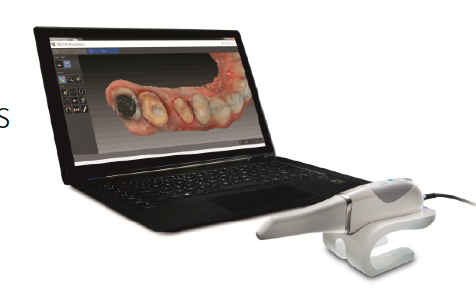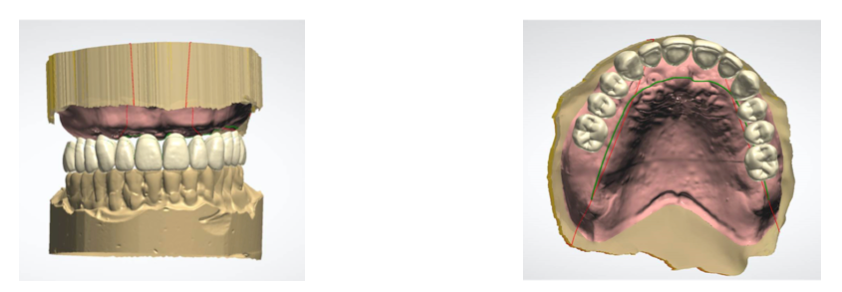Dental impressions remain a critical step in restorative dentistry. Some of the advantages to optical impressions include the eliminations of pouring/storing plaster models, reduces patient discomfort, saves time during the impression process, simplifies the impression procedure1. In this sponsored Carestream slideshow, David A. Little, DDS, a practitioner, adjunct professor and consultant based in San Antonio, Texas guides you through implant placement using digital intraoral scanning.
1Mangano F. Gandolfi A, Luongo G, Ogozzo S. Intraoral scanner in dentistry: A review of the current literature. BMC Oral Health. 2017; 17(1):149.












